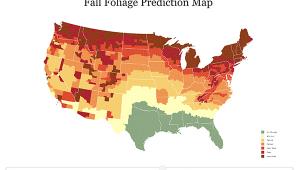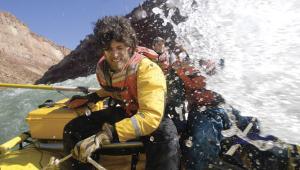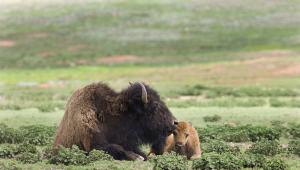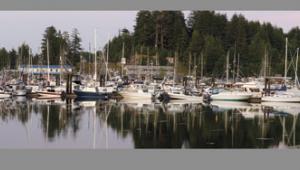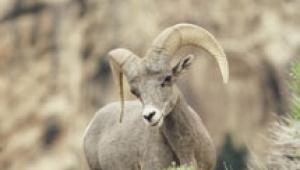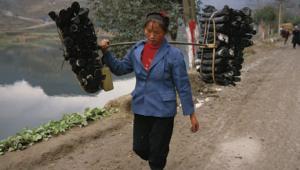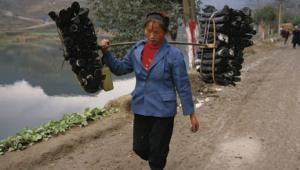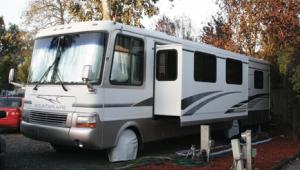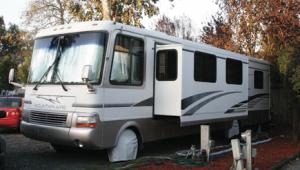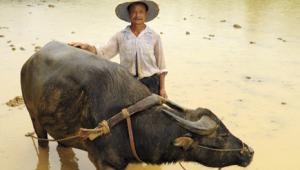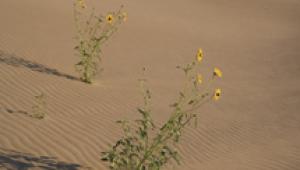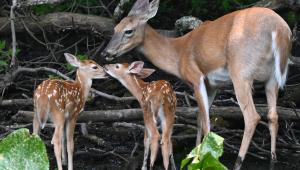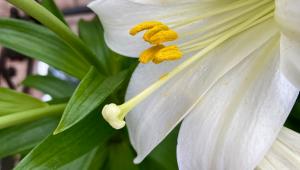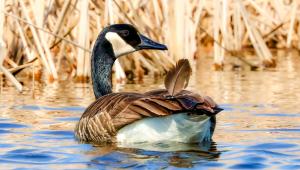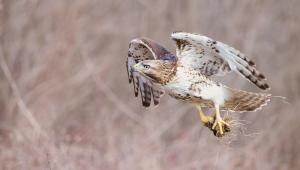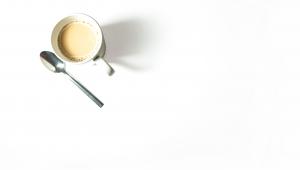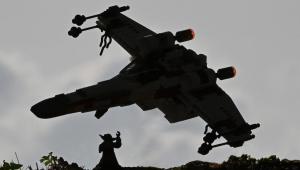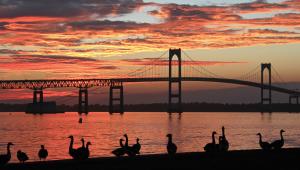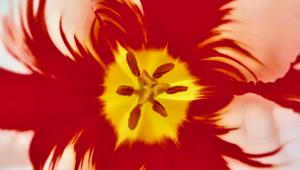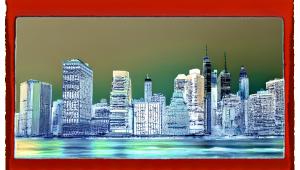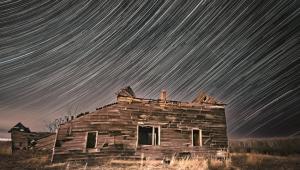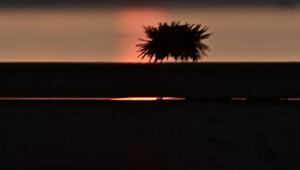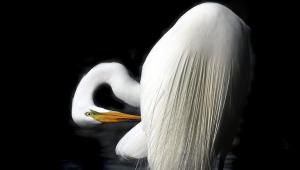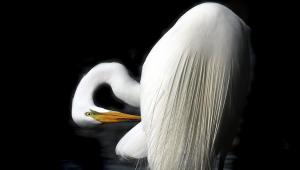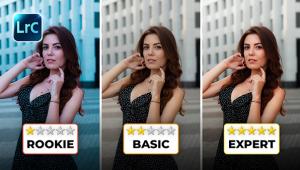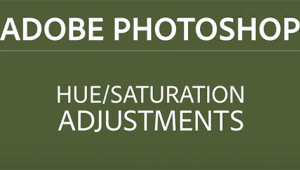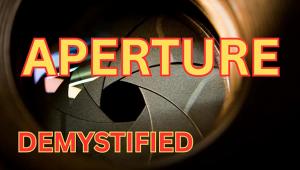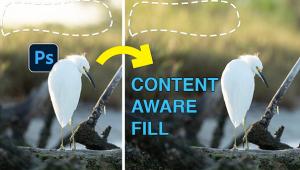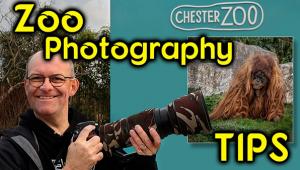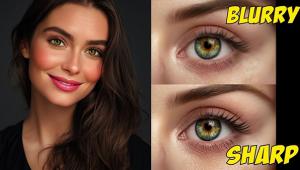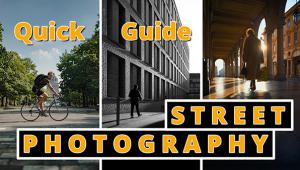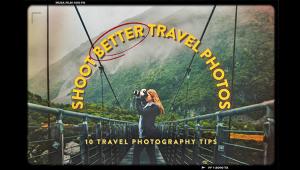Cave Photography; Color, Gear, And Light Painting, Underground Style Page 2
HDR In The Caverns
I was excited to try out the HDR (High Dynamic Range) ability of Photoshop CS3
after photographing in Carlsbad Caverns earlier this year. It is designed to
create photographs that have detail in both shadows and highlights, even when
the scene being photographed has contrast beyond the capability of the camera.
The HDR feature layers several photographs together that have been exposed so
that at least one frame has details in the shadows and another frame has details
in the highlights. As instructed by the Photoshop manual, I made several exposures
of the same scene, bracketing heavily, and then let Photoshop do its thing back
in the office. The resulting photographs were technically very good, but I still
prefer the photos where I took my time to paint in the shadows.
Color Balance
Another characteristic of cave lighting that needs to be considered is color.
Most caves I've visited are lit by mixed sources, that is, the cave is
lit by more than one type of bulb. Daylight-balanced film is made to look "right"
outside in, well, daylight. Artificial lights, however, don't necessarily
have the same characteristics as daylight. Common fluorescent lights are green,
incandescent lights are yellow, mercury-vapor can vary while the new LED lights
I've seen seem pretty close to daylight or even a little blue.
When using film, it would be best to carry CC (Color Correction) filters for
each kind of light. Unfortunately, more than one type of light often ends up
in a composition, and then the decision has to be made as to which color to
correct. I normally didn't use a CC filter, but I lost a few nice compositions
because the color was just so awful, which illustrates another major advantage
of digital capture. I now shoot in raw with the camera set on "Auto White
Balance." The white balance can then be tweaked in Photoshop and, even
in the most difficult mixed lighting, this has worked splendidly.
Papoose Room, Carlsbad Caverns National Park,
New Mexico |
|
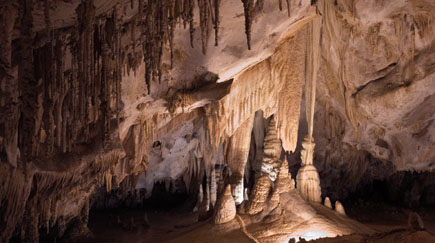 |
|
|
The Equipment
A good tripod is mandatory since exposures are typically 20-90 seconds, and
using a cable release or the camera's self-timer is best. The lithium
battery-powered flashlight I use is available at many sporting goods stores
for under $40, is surprisingly bright for its size, and provides a pleasing
neutral color. My recent camera of choice is the Canon EOS-1Ds Mark II with
Canon's 24-105mm "L" IS lens and a Canon 70-200mm "L"
lens. I put all this equipment, along with a few extra camera batteries and
CompactFlash cards, in a collapsible cooler made to hold a six-pack. The cooler
is much lighter than my standard bag, is easier to carry through passageways,
and, since water is an important ingredient in the cave-forming process, provides
a barrier between my equipment and cave moisture. Except for the flashlight,
all this equipment is the same as what I use above ground.
The Locations
So now I have you excited to find a cave and give photography in the dark a
try, right? But where? The good news is there are about 200 show caves and caverns
(caves developed for public visitation) in the US, and each one is different.
I recommend starting close to where you live, and for me that's Mystery
Cave (in Forestville/Mystery Cave State Park) and Niagara Cave--which has
a waterfall and beautiful formations--both in southern Minnesota. To find
show caves near you, contact the National Caves Association at: www.cavern.com
(phone: 270-749-2228). Type in your zip code on the website and you'll
get a long list of caves in order of distance from you.
Always contact the cave before visiting to find out their policies regarding
photography and tripods.
If you're traveling, or lucky enough to live nearby, I highly recommend
visiting Carlsbad Caverns and Mammoth Cave National Parks. Carlsbad Caverns
has self-guided tours which allow tripods.
On these tours photographers can take their time and set up in one area for
as long as desired. I've spent hours traveling just a few hundred yards.
The formations are beautiful and you can enjoy the Big Room, the largest natural
limestone cavern in the Western Hemisphere. Find out more about Carlsbad Caverns
at: www.nps.gov/cave/
(phone: 505-785-2232).
Mammoth Cave is the longest cave system in the world with mapped passages exceeding
360 miles. Some of these passages are huge open corridors while others are narrow
twisting canyons. Being a dry cave, Mammoth lacks most of the intricate decorations
seen in other caves, although the areas known as Frozen Niagara and the Drapery
Room are notable exceptions. The Park Service offers a special tour to these
decorated features called the "Focus on Formations" tour which is
designed specifically for photographers. This tour is the only tour at Mammoth
Cave where tripods are allowed, and at the time of this writing, it was being
offered on weekend evenings, but the schedule is subject to change, so check
with the Park at: www.nps.gov/maca/
(phone: 270-758-2180).
I greatly enjoy visiting caves and, while I tour more often without my camera
than with, when I do get the opportunity to take the camera and tripod underground,
I relish the challenge of photographing such a unique form of nature.
When Clint Farlinger's not totally in the dark, he can be found photographing
nature throughout the US. More of his photos can be seen at: www.agpix.com/farlinger.
- Log in or register to post comments
